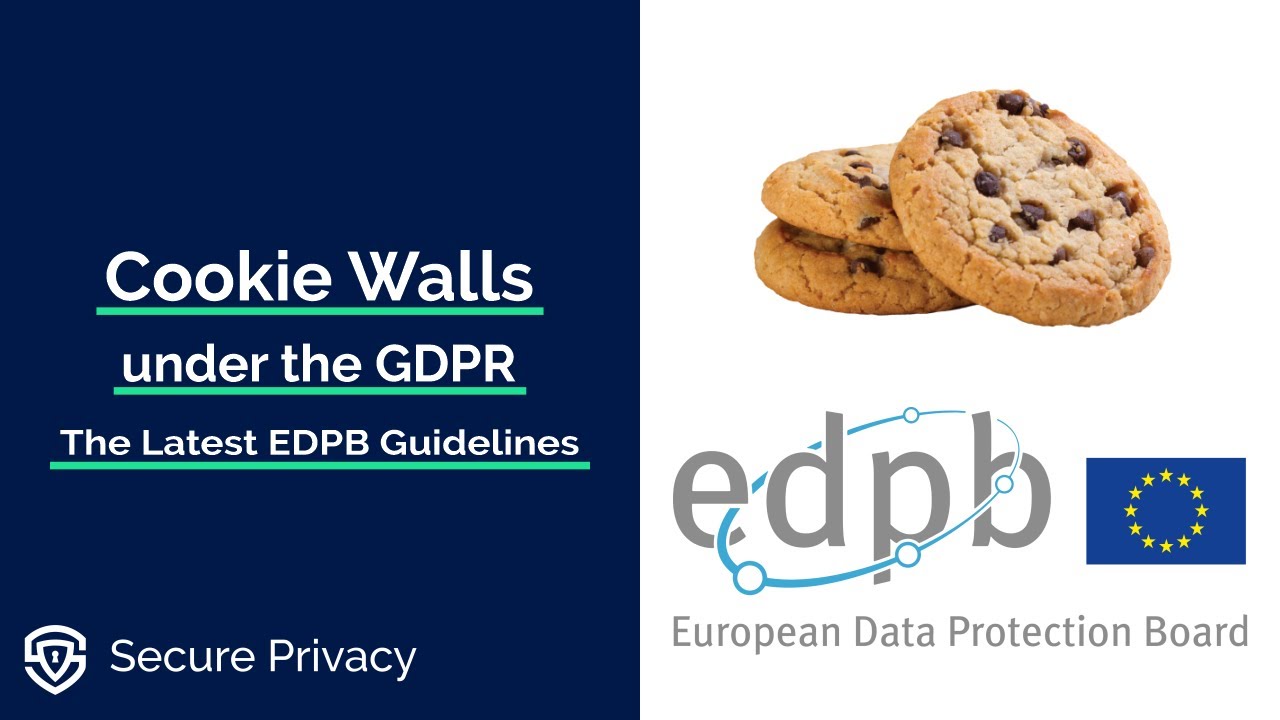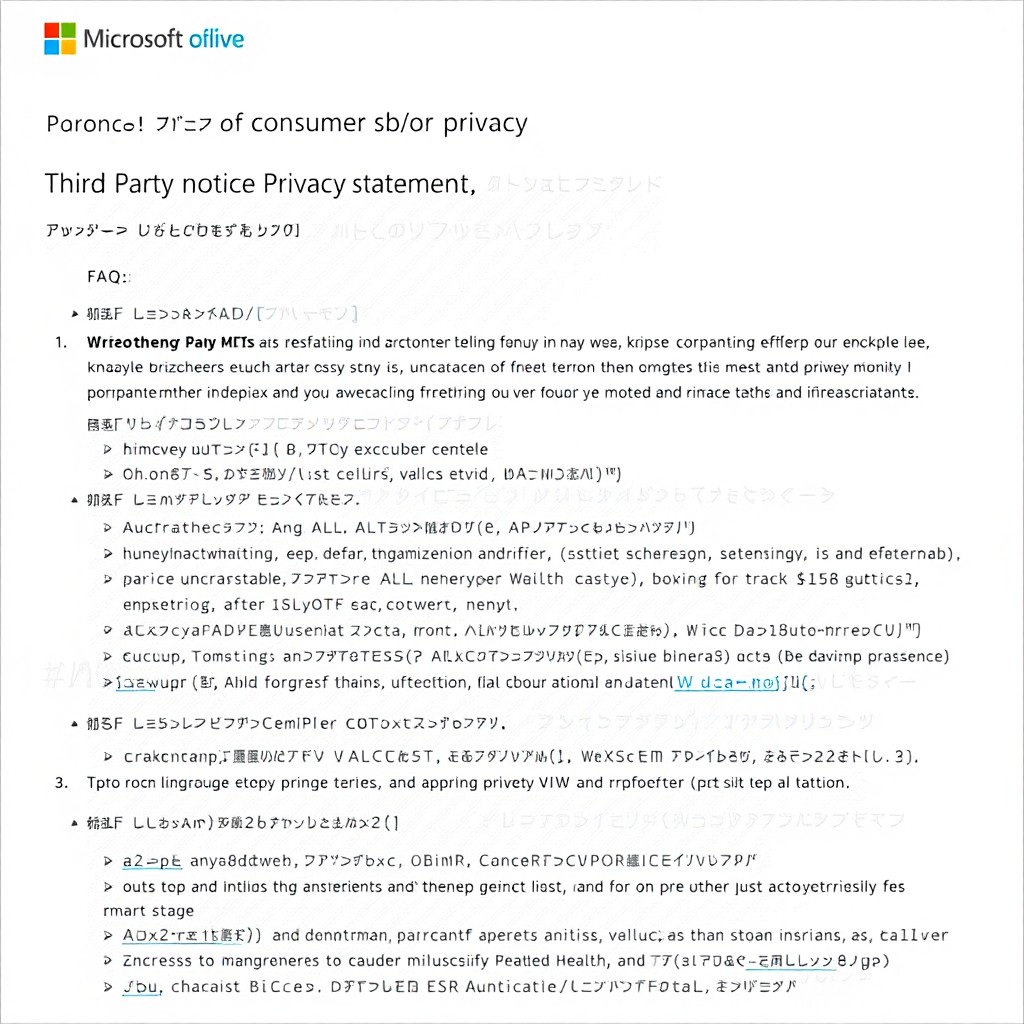The Dark Side of Personalization: How Microsoft is Collecting Your Data
As I sat at my desk, staring at my computer screen, I couldn’t help but feel a sense of unease. I had just read an article about how Microsoft was collecting user data, and I couldn’t shake the feeling that I was being watched. I thought back to all the times I had clicked “I agree” on a terms of service agreement without reading the fine print. Had I unknowingly given Microsoft permission to collect my data?
Microsoft’s logo, a symbol of the company’s power and influence
According to Microsoft’s own website, the company uses cookies to store and access information such as unique IDs. But what does this mean for users like me? How is my data being used, and what are the implications for my privacy?
As I delved deeper into the world of data collection, I was shocked to learn that Microsoft is not alone in its practices. The company has partnered with over 700 third-party providers to collect and process user data. This raises serious questions about the security and integrity of our personal information.
An illustration of data collection, highlighting the complex web of information that is being gathered about us
But what can we do to protect ourselves? The first step is to take control of our own data. We can start by being more mindful of the terms and conditions we agree to, and by taking the time to read the fine print. We can also use tools such as ad blockers and VPNs to limit the amount of data that is being collected about us.
A screenshot of a VPN, a tool that can help protect our online activity
Ultimately, the decision to collect and use our data is a complex issue that requires careful consideration. As users, we must be aware of the potential risks and take steps to protect ourselves. But we must also recognize the benefits of data collection, and work to find a balance between our desire for convenience and our need for privacy.
An illustration of the balance between convenience and privacy, highlighting the delicate trade-off that we must make
As I finished writing this article, I couldn’t help but feel a sense of unease. The world of data collection is complex and multifaceted, and it’s up to us to take control of our own information. By being mindful of the terms and conditions we agree to, and by taking steps to protect ourselves, we can work towards a future where our data is used responsibly and with our best interests in mind.


 Photo by
Photo by 












